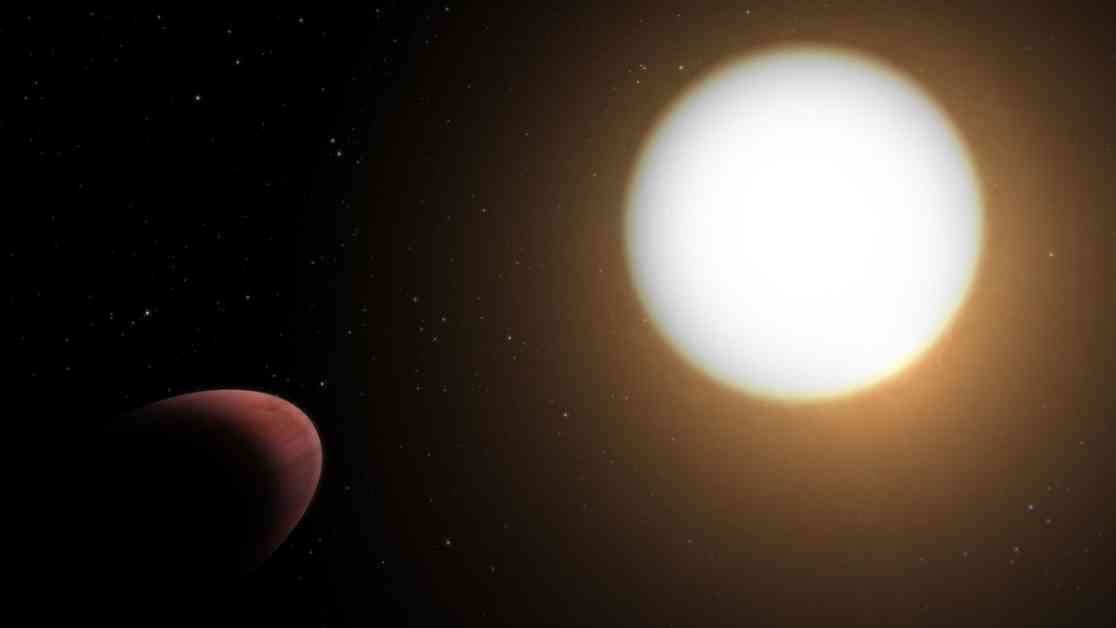Planets are typically round due to their mass creating enough gravity to pull them into a spherical shape. However, this doesn’t mean they are perfect spheres. Earth, for example, has a slight bulge around the equator caused by centrifugal force. This effect can be more dramatic on planets that rotate quickly, causing them to become squished and football-like in shape.
One such planet is WASP-103 b, a gas giant that orbits very close to its host star, leading to its tear-shaped appearance. The gravitational forces acting on the planet can cause it to become elongated or even tidally locked to its star, with one side always facing the star. WASP-103 b also rotates quickly, resulting in a flattening of its poles and a very squished overall shape.
While a toroidal, or doughnut-shaped planet, is theoretically possible if a planet were rotating fast enough, it has never been observed and remains more science fiction than science. The unique shapes and deformations of planets like WASP-103 b showcase the diverse and fascinating possibilities of planetary science beyond our solar system.










